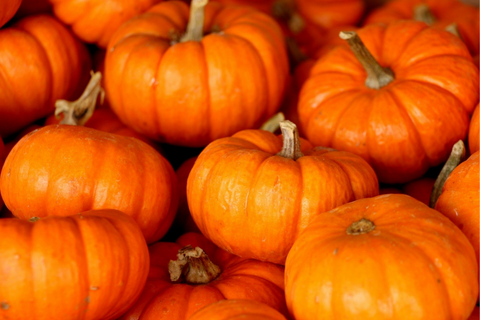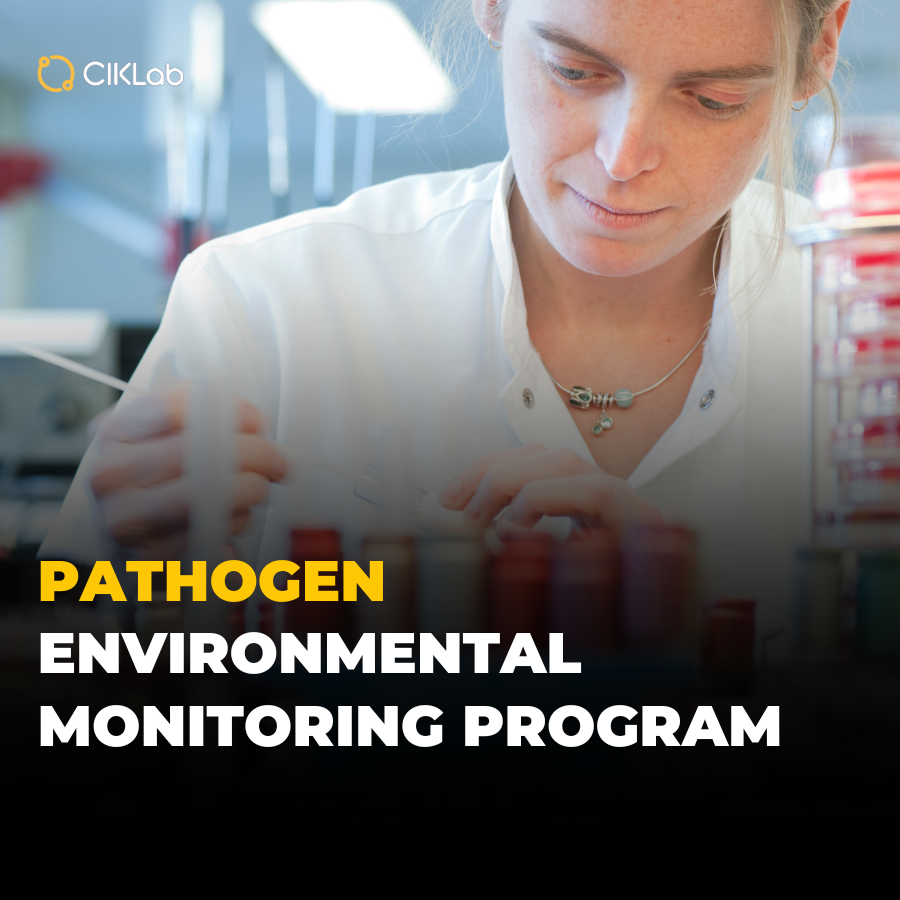Cucurbitacins, found in certain vegetables, can have serious health effects when consumed.
 Summary :
Summary :- What are cucurbitacins?
- What are the effects of cucurbitacins on health?
- What matrices are affected by the presence of cucurbitacins
- What analysis methods are used to quantify cucurbitacins?
- Which laboratories can perform cucurbitacin analysis ?
What are cucurbitacins?
Cucurbitacins are toxic triterpenes primarily found in the Cucurbitaceae family (zucchinis, cucumbers, melons, and pumpkins) but also in some herbaceous plants like bryony. These compounds are responsible for the bitter taste in some varieties of these vegetables and serve a defensive role for the plant by discouraging herbivores from consuming them. Their concentration can vary based on environmental conditions, agricultural practices, or genetic hybridizations. These substances withstand cooking and freezing.
Among the commonly identified cucurbitacins (from A to T), types B, D (also called elatericine A), and E are the most common in squashes. Cucurbitacin E is particularly noted for its toxicity.
Over the past thirty years, many cucurbitacins have been discovered in plant families other than Cucurbitaceae. While cucurbitacins are currently being extensively studied for their medical potential, they remain highly dangerous in food
What are the effects of cucurbitacins on health?
Although the concentrations of cucurbitacins in commonly consumed vegetables are generally low and safe for human consumption, a high concentration of these compounds can be toxic.
Consuming vegetables with high levels of cucurbitacins can lead to symptoms such as abdominal pain, diarrhea, vomiting, and in extreme cases, can be fatal.
What matrices are affected by the presence of cucurbitacins
Cucurbitacins are primarily found in the large family of Cucurbitaceae, such as squash, cucumbers, melons, and zucchinis. Although these vegetables are generally safe to consume, a high concentration of cucurbitacins can make some specimens bitter and potentially very dangerous.
This is the case, for example, with decorative gourds (for decorative use only!) and sometimes with homegrown squash, as certain hybridizations in the garden can make them toxic.
If in doubt, and to determine if a variety is dangerous, bitterness is the first warning sign. As specified by ANSES in one of its infographics, taste a piece, and if bitterness is present: spit it out and immediately discard the squash, as it remains toxic even when cooked!
What analysis methods are used to quantify cucurbitacins?
The detection and quantification of cucurbitacins in food are typically carried out using liquid chromatography coupled with mass spectrometry (LC-MS/MS). This method allows for the precise identification and quantification of various types of cucurbitacins present in a sample. Some laboratories also use fluorescence-based liquid chromatography (LC-Fluo) techniques and measure all cucurbitacins as equivalents (cucurbitacin E equivalents).
Which laboratories can perform cucurbitacins analysis ?
If you are looking for one or more laboratories to quantify cucurbitacins, download our list of laboratories to assist you !
Example of incidents attributed to cucurbitacins
In 2015, a person in Germany died after consuming bitter zucchinis containing high levels of cucurbitacins.
In 2018, a young woman from Grenoble lost all her hair following the consumption of a Butternut squash.
Assouly, P. (2018). Hair Loss Associated With Cucurbit Poisoning. JAMA Dermatology, 154(5), 617-618.





